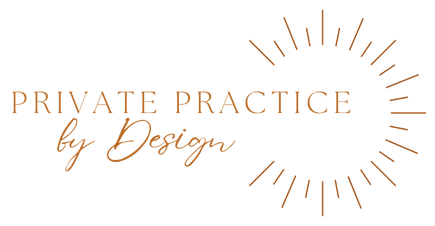5 Compliance Mistakes You Might Be Making in Private Practice
Have you ever heard the adage, “You don’t know what you don’t know?” Being unaware of what you do or don’t know about compliance in private practice stands out as one of the biggest mistakes being made by practice owners and clinicians alike. For instance, the administrative staff member or clinician may not be aware sending that email with PHI to the wrong client constitutes a HIPAA violation. As another example, perhaps the practice owner isn’t aware they should be providing regular and routine HIPAA training to their staff.
Unfortunately, “not knowing” isn’t a justifiable reason for mistake-making so far as our laws, ethics codes, and payer standards are concerned. This is why it is critical for practice owners and staff to seek training opportunities, supervision, and/or consultation to better understand what is required of us.
Now, maybe you’re aware of compliance protocol you should be doing but just lack the time to do so. This is often the case for practice owners as it relates to chart auditing. Many owners are aware of their need to do so, but it remains as a task on the ever-evolving to-do list. Not completing routine chart auditing can yield risk for the practice in the event fraudulent billing, untimely documentation, documentation inaccuracies, and so forth are occurring.
Billing errors can and do unfortunately occur, and it is imperative for the practice to have a system of checks and balances to catch any intentional or unintentional billing mishaps. What is an example of a common billing error? Consider the progress note that is coded as a 90837 but is recorded as lasting only 32 minutes in duration. This miscoding constitutes a billing error that should be corrected and resubmitted to reduce the risk of a claw-back and strengthen the practice’s integrity.
Practice owners can strengthen their compliance in private practice by establishing thorough policies and procedures. The absence of a policies and procedures manual developed from a compliance lens can be a major risk factor for HIPAA violations, unethical practices, and poor-quality care. To strengthen protections against these risks, it is important to develop a manual that aligns with state, federal, and payer requirements.
One way having an ethically sound policies and procedures manual can mitigate risk is by ensuring clinicians have the “guidebook” they need to uphold necessary documentation standards, such as the required timeframe in which to submit documentation. Unfortunately, untimely documentation presents as a common area of risk in private practice. Practice owners should take proactive steps to provide staff with guidance on how to produce quality, timely documentation. One consideration for doing so might include providing staff with a list of tips and tricks to strengthen their time management skills!
Did one or more of these compliance mistakes resonate with you, but you’re unsure how to strengthen your practice’s weak points? We invite you to sign up for a free, 30-minute introductory call to see how our compliance consultation services might be able to help get you back on track!
